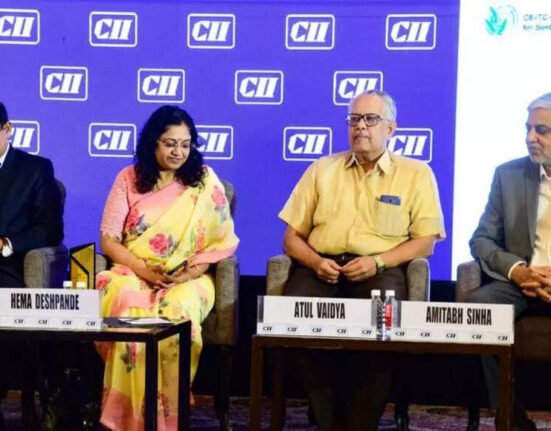As the debate on sustainable mobility and the superiority of different technologies continues, TNO believes that each application requires a tailored solution and that all technologies have a role to play. Hydrogen fuel cells are particularly crucial for hard-to-decarbonise heavy-duty niche sectors such as shipping, non-road machinery, and industrial stationary applications.
Cemil Bekdemir, Senior Scientist at TNO: ‘The future of mobility is zero-emission, and fuel cell electric vehicles offer an efficient solution.’
Kamil Mrozewski, Hydrogen Fuel Cell Systems Engineer at TNO Powertrains: ‘Fuel cells are highly versatile, converting hydrogen to electricity with no tailpipe emissions. This supports Europe and the Netherlands’ decarbonisation goals, air quality improvements, and zero-emission zones.’
Cemil adds: ‘Grid congestion is a major issue, especially in the Netherlands. Hydrogen provides an alternative energy vector, transportable via trucks or existing gas pipelines. With strong renewable energy potential, the Netherlands can produce green hydrogen, ensuring a secure, geopolitically stable energy supply.’
Focus on cost reduction and durability
Although promising, the technology itself is pretty much still in development. Cemil: ‘TNO is renowned for its fundamental research and expertise on fuel cells and electrolysers. This means we are still looking at hard core scientific and engineering topics like efficiency, durability, and cost effectiveness. Our role as TNO Powertrains is to focus on the application of fuel cells on a system’s level. As an orchestrator of innovation, TNO is able to build a powerful ecosystem that can really help accelerate this technology.’
Kamil: ‘Cost reduction is, of course, a broad term. In essence, we support vehicle and vessel manufacturers and integrators in three key areas.
First, we help our partners in making smarter design choices by optimising the powertrain architecture, component sizing and developing the right control strategies. Optimising fuel cell operation significantly improves fuel economy, and component lifespan.
Second, when partners already have a system in mind or are developing a new prototype, we leverage our testing facilities to identify potential areas for improvement or critical failure points.
Third, we utilise a wide range of models and tools for data analysis. These models help us quantify the expected fuel cell lifespan, identify optimisation opportunities, forecast maintenance intervals, and ultimately reduce maintenance costs.’







